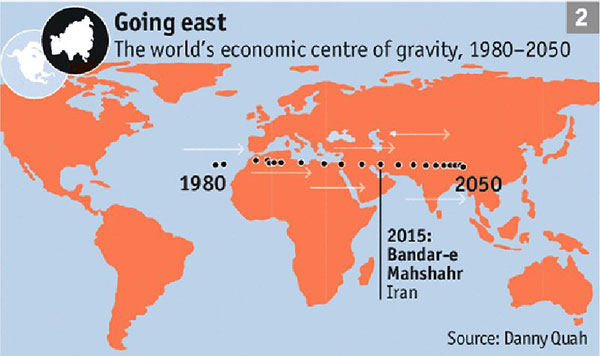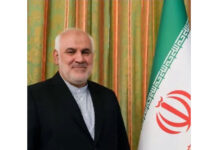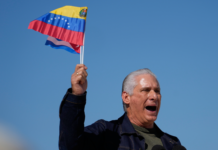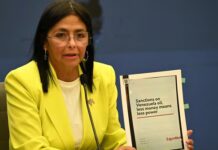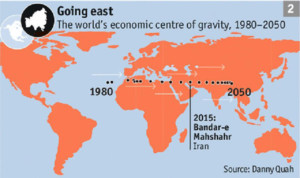 MANILA: With the economic centre of gravity shifting to the APAC region, Asian Development Bank (ADB) President Takehiko Nakao today committed to “reinventing” the bank to meet the challenges of a transforming Asia.
MANILA: With the economic centre of gravity shifting to the APAC region, Asian Development Bank (ADB) President Takehiko Nakao today committed to “reinventing” the bank to meet the challenges of a transforming Asia.
In his opening address at the 51st annual meeting of the ADB, Nakao said the multilateral lender is developing a new long-term ‘Strategy 2030’ which will renew its commitment to eradicate poverty in the region and expand vision to achieve a prosperous, inclusive, resilient and sustainable Asia and the Pacific (APAC).
“Today, the economic centre of gravity is shifting to Asia and the Pacific, and almost all our developing member countries have advanced to middle-income status. Yet, large challenges remain, and new ones are emerging,” Nakao said.
“There is still persistent poverty. We must address rising inequality, growing environmental pressures, and rapid urbanization. Aging in some countries and an increasing youth population in others present opportunities as well as challenges,” he added.
Stating that ADB plans to complete the process of formulating the ‘Strategy 2030’ by mid-2018, he said the multilateral lender will pursue differentiated approach for lending to various developing member countries.
“Our task ahead is to reinvent ADB and meet the challenges of a transforming Asia and the Pacific,” Nakao said.
Highlighting 10 priorities in ‘Strategy 2030’, Nakao said ADB will foster regional cooperation and integration, building on its experience in sub-regional cooperation initiatives since the 1990s in Central Asia, South Asia, Southeast Asia, and the Pacific.
“We will promote regional public goods such as transportation and logistical networks, and protection against communicable diseases. We will support a regional approach to energy security, education, tourism, and financial stability. ADB will cooperate with existing and emerging international and regional initiatives,” he said.
Earlier in the week, addressing a press conference, Nakao had said the Manila-based bank is looking at ways on how to fund the ‘One Belt One Road’ initiative, which would connect China with the rest of Eurasia and is also open to collaborate with China-led Asian Infrastructure Investment Bank (AIIB).
The ADB was founded in 1966 and was mandated to lift people out of poverty and fund projects which will benefit society at large. Since its inception, ADB has been led conventionally by a Japanese governor, with larger quantum of funding coming from Japan and United States. The ADB has 67 member countries, including 48 from the Asian region.
Nakao, in his opening address at the ADB board of governors meet, said implementing the ‘Strategy 2030’ will require a stronger, better, and faster ADB.
“We will continue to use our financial resources efficiently and creatively… We will expand our presence on the ground. We will modernize business processes to speed up our services to clients. A ‘One ADB’ approach will break down silos and bring together expertise across ADB. We will continue to work with a wide range of partners,” he said.
India is a founding member of the ADB and is currently the fourth-largest shareholder and the largest borrower of ADB sovereign lending since 2010. The multilateral lender has so far committed sovereign loans totaling USD 35.9 billion to India. PTI

